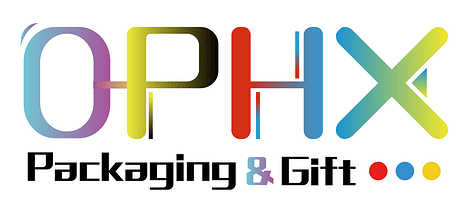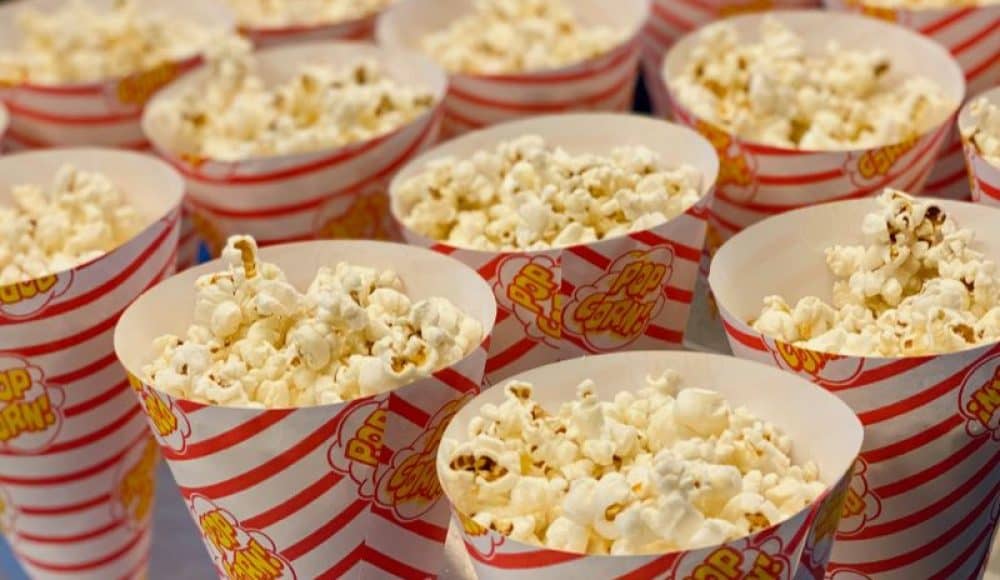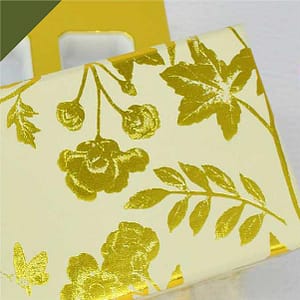Paper-Based Packaging Is Gaining Momentum
Sustainability has become a decisive force in packaging innovation. Brands across the globe are moving away from plastic and turning to paper. Among these shifts, disposable paper cups stand out, especially in the snack packaging sector.
By 2025, the global snack packaging industry is forecasted to grow rapidly. Consumers are driving demand for on-the-go, single-use packaging solutions. Disposable paper cups have emerged as one of the most versatile, affordable, and eco-conscious answers to this demand.
Evolution of Paper Cup Demand in Snack Packaging
Traditionally used for beverages, paper cups are now being adopted for solid snack products. From popcorn and french fries to mixed nuts and fruit cups, manufacturers increasingly use paper-based formats.
The reason is clear. Consumers want convenience without sacrificing environmental responsibility. Thus, the paper cup has transformed into a flexible, scalable packaging tool across snack categories.

Key Growth Drivers Through 2025
1. Sustainability Regulations
Many governments now restrict single-use plastics. These bans directly impact the snack sector. As a result, paper packaging alternatives gain strong legislative support.
Additionally, the use of food-grade, recyclable materials gives paper cups a clear regulatory advantage over traditional plastic containers.
2. Consumer Shift Toward Eco-Friendly Products
Millennials and Gen Z prioritize sustainability in their purchasing habits. They seek brands aligned with green values. Paper cups, often biodegradable and compostable, resonate strongly with this audience.
In surveys, over 60% of global consumers now prefer snacks in recyclable or renewable packaging.
3. Rise of On-the-Go Snacking
Busy lifestyles increase demand for easy-to-carry packaging. Paper cups offer excellent portion control and portability. For snack brands, this format reduces product loss and enhances brand visibility.
Retailers also prefer pre-filled paper cup formats for display efficiency and inventory handling.
Market Segments Driving Demand
Fast Food and QSR Chains
Fries, nuggets, and popcorn are commonly served in paper cups. Quick service restaurants (QSRs) use this format to reduce operational costs and appeal to eco-conscious customers.
Vending and Convenience Retail
Automated vending systems now stock snacks in paper containers. These cups optimize machine loading and preserve food hygiene standards. Additionally, impulse-buy sections in convenience stores often display cup-packaged snacks at eye level.
Event Catering and Entertainment Venues
Stadiums, cinemas, and food trucks use disposable paper cups for snacks like chips and pretzels. These venues prioritize fast service and minimum cleanup—goals paper cups help achieve effortlessly.
Technological Innovation in Paper Cup Manufacturing
The paper cup industry now integrates coating innovations. Traditional PE coatings are being replaced with water-based or biodegradable coatings, which enhance recyclability.
Moreover, custom die-cutting and UV printing allow for attractive, branded designs that boost consumer engagement without compromising compostability.
Advanced multi-layer barrier paper is also being used. This material ensures moisture resistance while maintaining structural integrity for oily or hot snacks.
Global Regional Insights
North America
The U.S. leads innovation in sustainable food packaging. Legislation in states like California promotes compostable materials. Major snack brands are partnering with local paper converters to redesign packaging lines.
Europe
Strict EU packaging laws push companies toward low-impact materials. Germany and France lead in fully integrating compostable snack packaging, including paper cup usage in vending and cinemas.
Asia-Pacific
Asia sees a growing middle class with fast-rising snacking habits. China and India, facing plastic pollution concerns, are investing in paper packaging infrastructure. Domestic brands are scaling up paper cup production to meet future demand.
Competitive Landscape
Global paper cup suppliers now target snack-specific SKUs. These include grease-resistant coatings, nesting-stack designs, and dual-compartment cups for sauces or seasoning packets.
Companies like OPHX capitalize on this trend by offering OEM and ODM solutions tailored to snack producers. Custom sizing, food-grade certifications, and bulk-friendly logistics give OPHX an edge in global markets.
Environmental and Economic Benefits
Paper cups are lightweight, reducing freight emissions. Their recyclability also lowers landfill impact. For brands, switching to paper improves public image and often complies with ESG reporting standards.
Furthermore, innovations in automated cup forming and filling lines reduce production costs, allowing paper-based packaging to compete with plastic at scale.
Forecast to 2025 and Beyond
Analysts project a CAGR of 5.8% for disposable paper cups in snack packaging from 2023 to 2025. Much of this growth stems from Europe and the Asia-Pacific.
Looking forward, companies will:
-
Adopt plastic-free inner linings
-
Integrate smart labeling for traceability
-
Focus on minimalist, single-material formats
The evolution will also be shaped by consumer behavior studies and circular economy initiatives.
Challenges and How to Overcome Them
Despite growth, challenges remain. Moisture retention, heat insulation, and storage volume can limit paper cup use in some snacks. However, new coatings and stackable designs are solving these issues.
Also, limited recycling infrastructure in some regions slows down post-consumer collection. Brands can counter this by partnering with collection programs or using compostable materials that break down naturally.
Conclusion: Paper Cups Are Reshaping Snack Packaging
Disposable paper cups are no longer just for drinks. They represent a fast-growing sector in snack packaging, driven by sustainability, convenience, and consumer demand.
OPHX stands at the forefront of this shift. By delivering custom-designed, high-quality paper cup solutions, OPHX empowers snack brands to embrace change without compromising performance or profit.
Whether you’re a global distributor or a regional snack producer, paper cups are the packaging future. And that future begins now.



